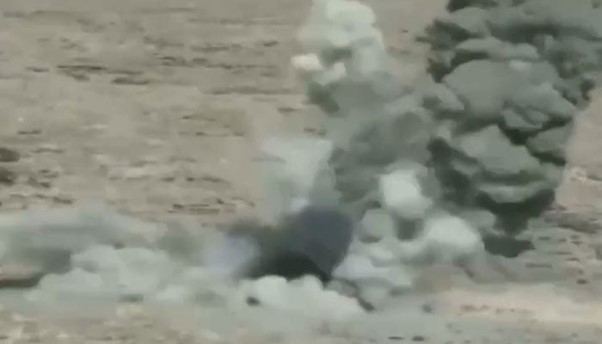PESHAWAR: Under the Kohat Peace Agreement signed on January 1, 2025, a major breakthrough has been made in the Kurram tribal district. Officials confirmed that 979 bunkers have been completely removed over the past two months. These bunkers were built by both rival factions involved in the bloody conflict.
According to reliable sources, the next step under the Kohat Peace Agreement is already planned. Authorities are preparing to begin a gradual disarmament process. All sides involved will start handing over their weapons to the government.
Meanwhile, the region is seeing a large-scale relief operation. In the past three months, a total of 1,984 trucks carrying food and medicine have been sent to the conflict-hit areas. Aid has also reached the Bagan Bazaar, where financial support is being used to repair damaged shops and buildings.
Government officials revealed that monetary compensation is being distributed among families who suffered during the violence. This initiative is being carried out as part of the same peace framework.
Khyber Pakhtunkhwa’s Chief Secretary, Syed Shahab Ali Shah, spoke to a private TV channel. He confirmed that all bunkers have been dismantled in Kurram district. He also stated that action is ongoing against those trying to disturb the peace.
The chief secretary said that tribal jirgas are active in the region. According to him, the goal now is to finalize a formal peace declaration that would ensure long-term stability. He stressed that this agreement is meant to last, unlike previous temporary ceasefires.
As part of the security measures under the Kohat Peace Agreement, a special security force has been deployed. Their task is to protect the Tal-Parachinar Road. This road had been under continuous threat for several months due to lawlessness and armed attacks.
The recent removal of bunkers is being hailed as a major achievement. The tribal region has been in turmoil for many months. A deadly wave of clashes left over 130 people dead and many others injured.
It took around 50 days of intense negotiations before the peace accord was reached. Talks were led by tribal elders and backed by the Grand Jirga. Eventually, both warring groups agreed to a 14-point agenda.
Among the key points were two major steps: surrendering privately held weapons and removing all bunkers. The successful completion of these conditions marks a major step towards restoring peace.
Under the Kohat Peace Agreement, all sides have shown commitment to stability. The local population, along with the authorities, hopes that this time the peace will be lasting. Dismantling the bunkers is being seen as a critical milestone, paving the way for trust and healing in a deeply divided region.


